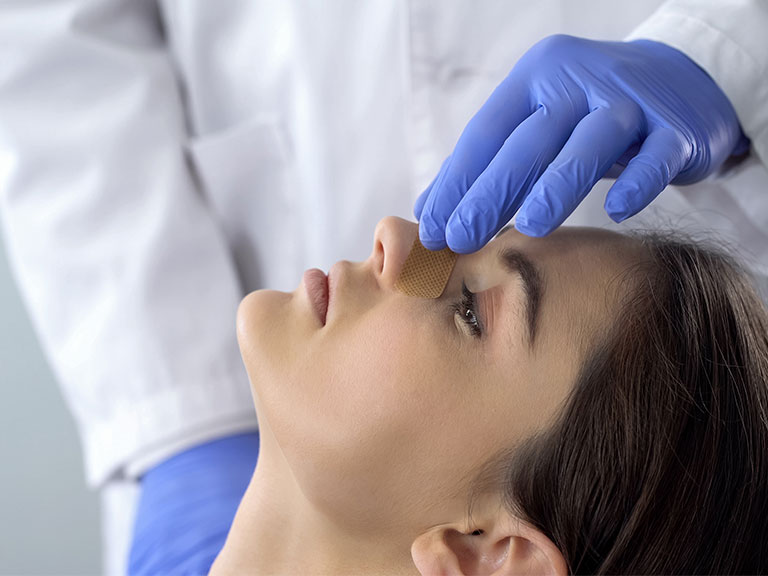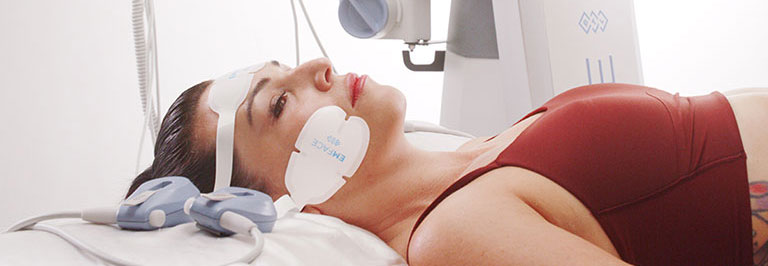A nasal fracture commonly referred to, as a broken nose is a break or crack in a bone or in the cartilage in a person’s nose. These breaks most often occur over the bridge of the nose or in the septum (the area that divides the nostrils).
This type of fracture usually affects either the bridge of the nose, which is the bony part that extends outwards from the face, or the septum. The septum is the cartilaginous wall that sits centrally in the nose, separating the two nostrils. These two areas are particularly vulnerable because of their prominent and location on the face.

It’s important to remember that every individual is unique and so too are their needs and desired outcomes for cosmetic surgery. If you’re considering a procedure, it’s essential to have a comprehensive consultation with one of our experienced surgeons. They can help you understand whether you’re a suitable candidate and what you can realistically expect from the surgery. The information provided here is meant to help guide you, but it’s not a replacement for professional medical advice. Always organise a consultation for personalised advice.
If you are concerned about the way you look or are thinking about cosmetic surgery for confidence reasons, there are alternatives. Talking to a counsellor or psychologist may help you overcome your concerns about your appearance.
The journey towards nasal fracture surgery begins with a comprehensive consultation with our highly experienced surgeon. In this session, the surgeon will discuss your symptoms, medical history, and evaluate the structure and condition of your nose. The surgeon may use physical examination and imaging studies such as X-rays or CT scans to understand the extent and location of the fracture. This consultation is the perfect opportunity to address any concerns or ask any questions you might have about the procedure.
Once the surgical plan has been agreed upon, you will receive detailed preoperative instructions to prepare for your nasal fracture surgery. These instructions may include dietary restrictions, advice on smoking and alcohol consumption, specific instructions regarding medications or supplements, and cleaning your nostrils.
Nasal fracture surgery typically lasts between one to two hours and is often performed under general anesthesia. The procedure involves realigning the fractured nasal bones and, if necessary, correcting any associated septal deviation. The surgeon may make incisions inside the nostrils or along the nasal columella, depending on the complexity of the fracture. If necessary, splints or packing may be inserted to support the newly aligned bones during the initial healing phase.
Following surgery, you will be monitored in a recovery room for a short period. Most patients are able to go home the same day, although in some cases an overnight hospital stay may be recommended.
Swelling, bruising, and nasal congestion are common after nasal fracture surgery but will begin to improve after a few days. Most patients are able to return to work or school within a week or two, depending on their individual recovery rate and the nature of their work.
Regular follow-up appointments will be scheduled to monitor your healing process and ensure a smooth recovery. The final results of your nasal fracture surgery might not be fully apparent for a few weeks to a few months, as it takes time for the nose to heal and settle into its new shape.
While we aim to provide accurate information about the different surgical procedures available, it’s important to understand that the content provided here serves as a general guide only. The specifics of each surgery, including the procedure detailed above, can and will vary significantly from person to person, depending on their unique circumstances and physical characteristics.
Undergoing cosmetic surgery is a serious decision that requires ample thought, careful consideration, and meticulous planning. It should never be taken lightly or treated trivially, as it can have profound impacts on one’s lifestyle and wellbeing.
Recovery from cosmetic surgery, too, requires time, support, and proper aftercare. We strive to present realistic and transparent information about the recovery process, but individual experiences may vary. It is typical for recovery to involve certain services or requirements, such as the use of compression garments or receiving therapeutic massages. It also often necessitates significant lifestyle changes, which may include a period of absence from employment and temporary restrictions on certain activities.
In light of these considerations, we strongly encourage potential patients to engage in comprehensive discussions with their GP and our surgeons. The goal is to fully understand the implications, requirements, and likely outcomes of any chosen procedure, and to make informed decisions about their health and aesthetics.
For more information on preparing for cosmetic surgery visit health.gov.au/cosmeticsurgery
Your personalised quote will be prepared following an in-depth evaluation by our expert surgeon. This includes a thorough assessment of your individual needs, detailed explanation of the procedure, and a tailored approach to best achieve the desired outcomes. The quote considers various elements including surgical supplies, hospital requirements, and the specifics of the surgery itself.
Potential rebates might be available if the procedure is deemed medically necessary by relevant health authorities. Conditions for this include providing evidence supporting the medical necessity of the surgery and a referral from a healthcare professional. Your private health insurance may also provide coverage, so it’s essential to discuss this with your provider.
To find out more information about our procedures, or to book a consultation with one of our surgeons give us a call or complete the form.
